WOW! What an amazing start we have had to our new topic Paws Claws and Whiskers this half term.
As part of our topic we are learning about the classification of animals such as birds, reptiles and mammals. To kick start our topic, on Monday we were lucky enough to have a visit from Martin at Xtreme Falconry and some of his birds of prey.
Throughout the session we got to meet lots of special birds of prey, including an endangered bird called a Lugger Falcon. We learnt all about different birds of prey; how they hunt, where they sleep, the food that they eat and much much more! We also had the chance to ask lots of questions. A huge thankyou to Martin for his patience, taking his time to answer them all, giving us lots of information and taking his time to talk through lots of concepts that were new to us. This is really important, especially as lots of the information and vocabulary we had never heard before so we wanted to make sure we were understanding it all correctly.
Did you know that animals that are awake during the night are called nocturnal and animals that are awake during the day are called diurnal?!
Below you can see lots of pictures from Martin’s visit. We were lucky enough to meet….
Ebony the Black Barn Owl – she is a sound hunter as she has big ears!
Solo the Eagle Owl…. a sight hunter who has eyes like telescopes and two very cute baby owlets that were only 3 weeks old!!
Winnie the American Eagle – who is 20 years old! She is a ‘broad wing’ bird who saves her energy for catching big fish.
A Hawk – this is a speed hunter! We might see these in our local area hovering over their prey ready to dive in and catch it!
A Lugger Falcon – these are part of a special breeding programme at Xtreme Falconry to increase the falcon numbers before they can be released back into the wild in Pakistan. We learnt that the Lugger Falcons cannot be released here, as they are non indigenous.
A really important part of our visit was talking about how to look after birds of prey and how to support others to look after them as well. We discovered that you should never pick up or try to rescue owls / owlets unless they are on the side of the road or in immediate danger. It is quite common for them to fall out of their nests when they are young and it is safest to leave them where they are as this is close to their nest and their parents.
Sadly, we learnt that lots of birds of prey are killed or caught by people called ‘poachers’. Which means that there are less and less of the birds left in the wild, causing some of them to become ‘endangered’ or ‘critically endangered’. Unfortunately, lots of people see these birds, particularly Eagles, as a danger. But we know that this is not true. Birds do not want to harm you, or eat your pets. Therefore, there is no need to harm them. If you are ever concerned about a bird or another animal you should contact your local vet, RSPC or RSPB for professional advice.
Following Martin’s visit we created some leaflets about Birds of Prey using our new knowledge!
A brilliant and very busy first week back year 1. Well done!!
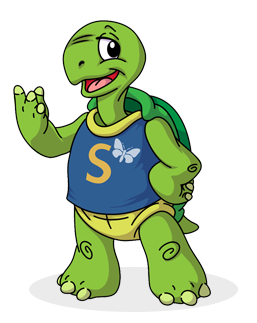



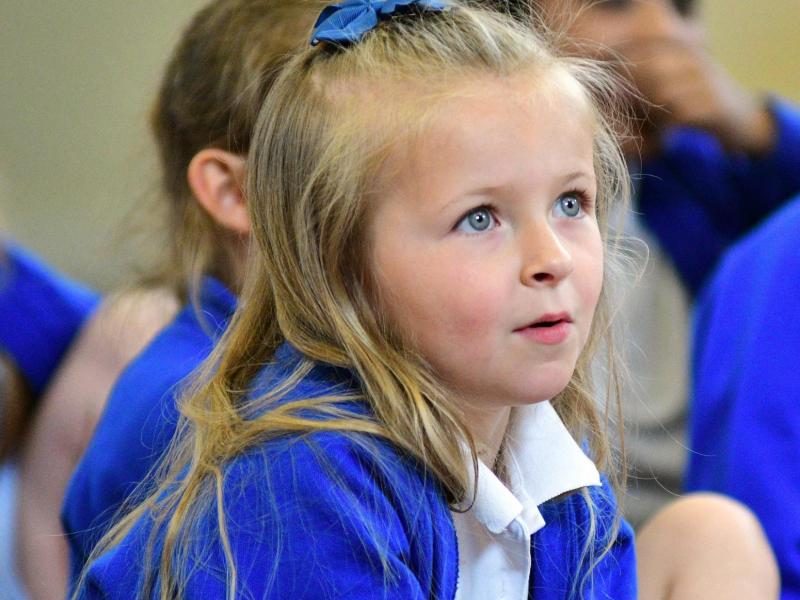
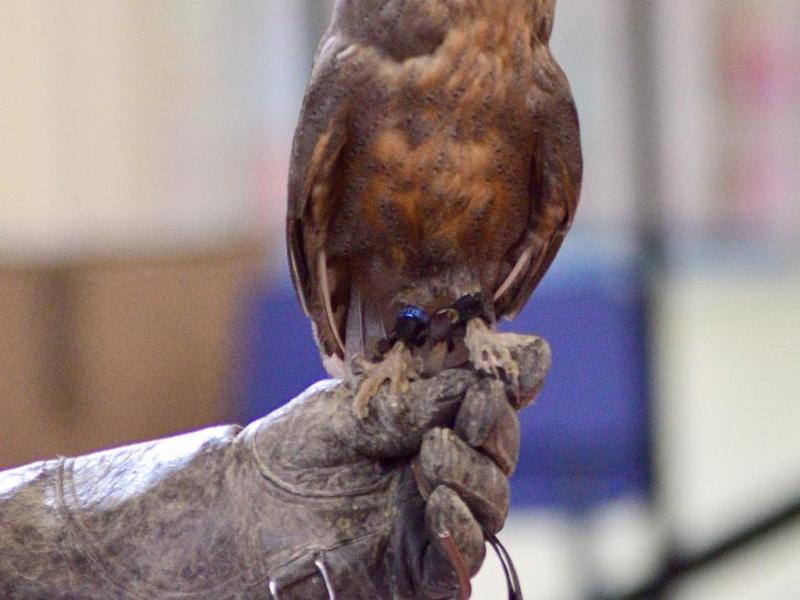
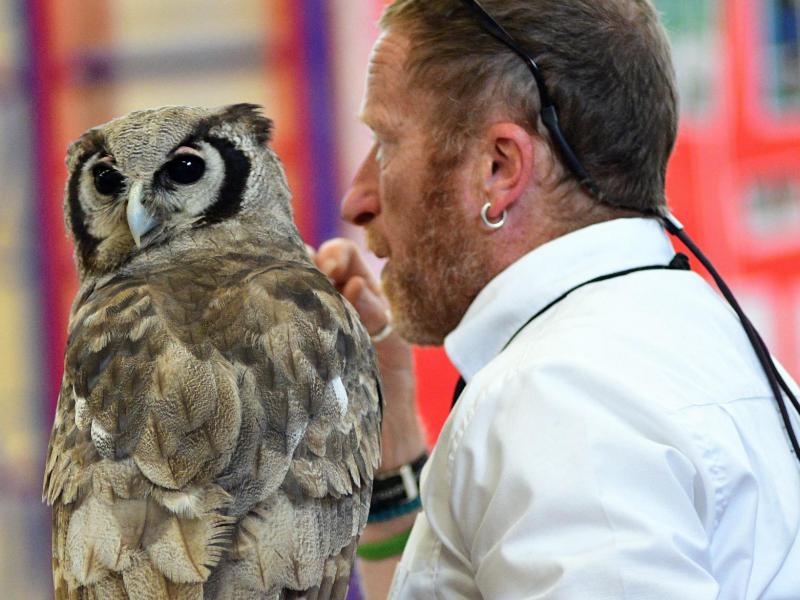
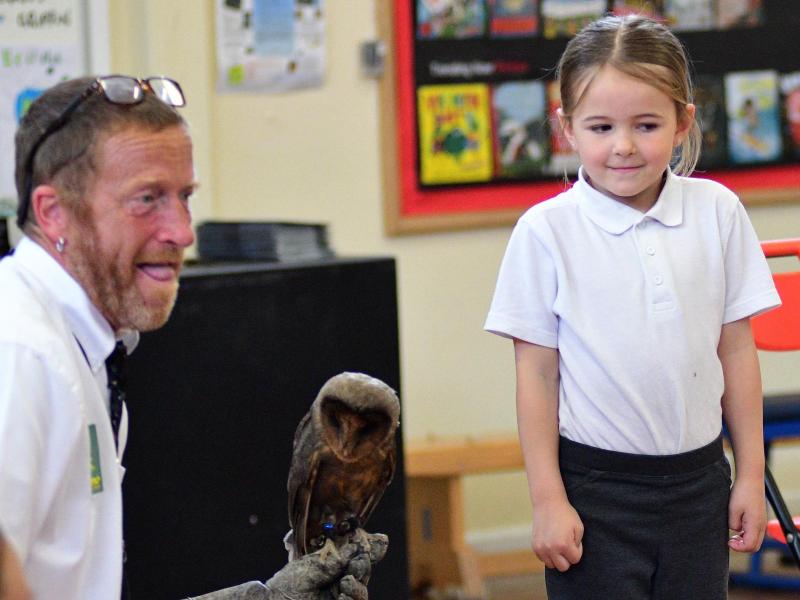
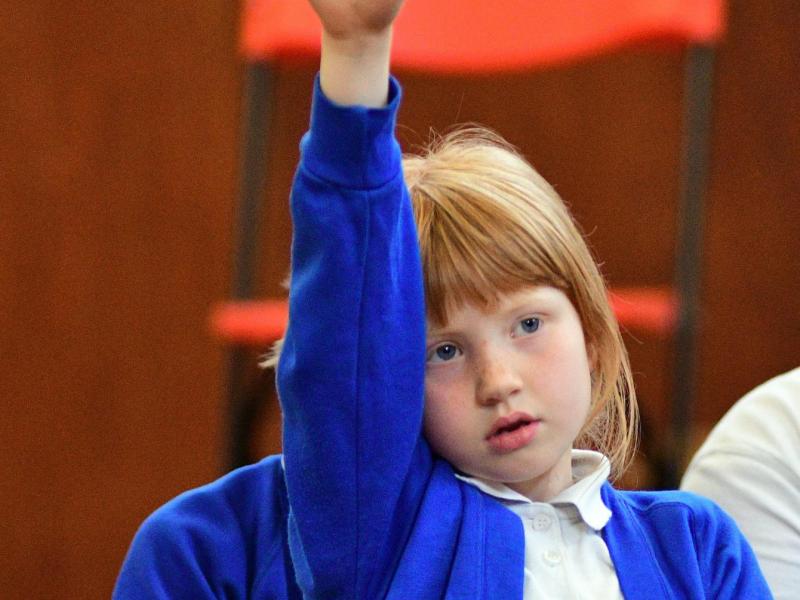
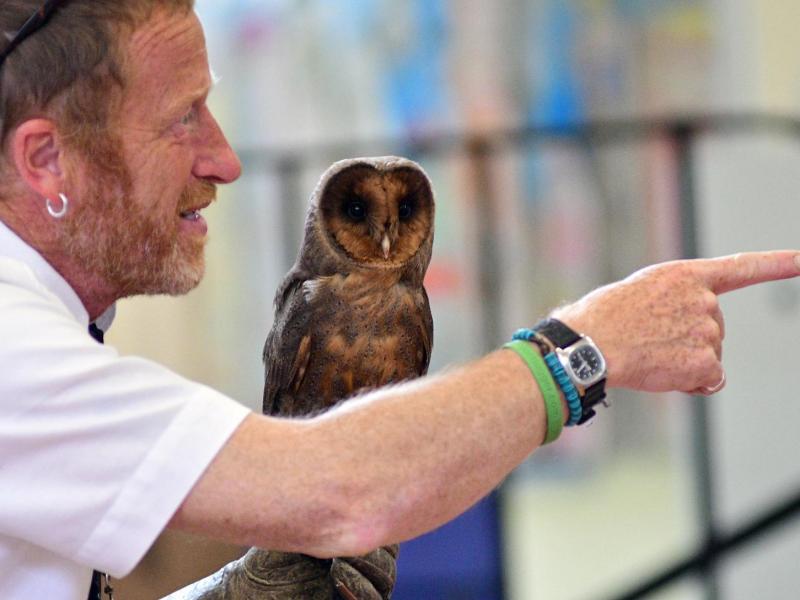
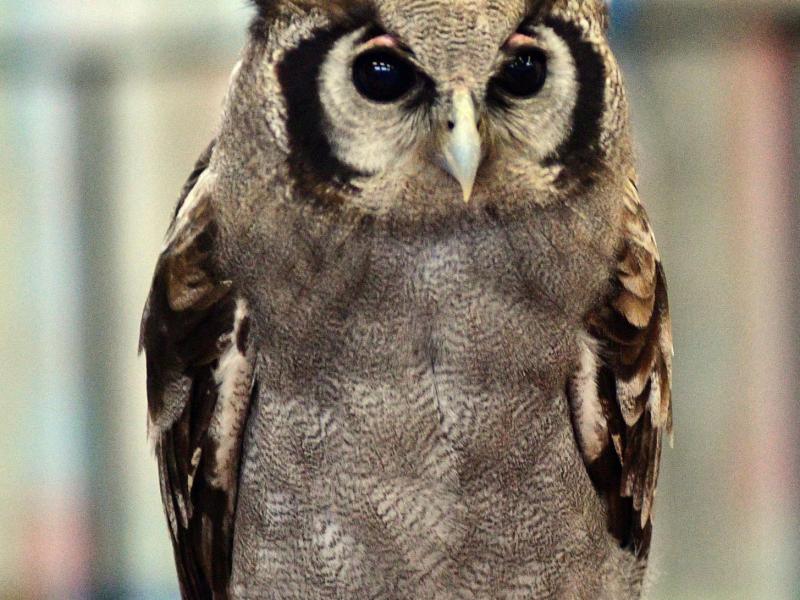
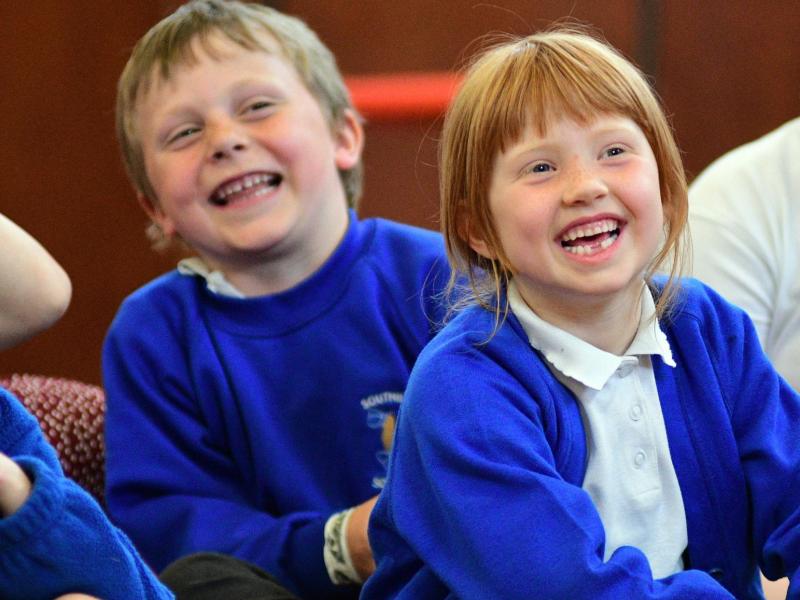
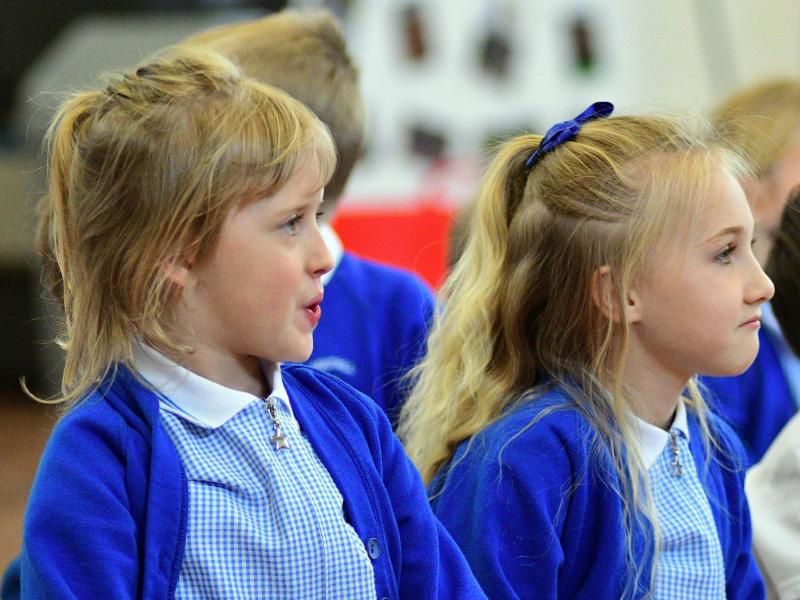
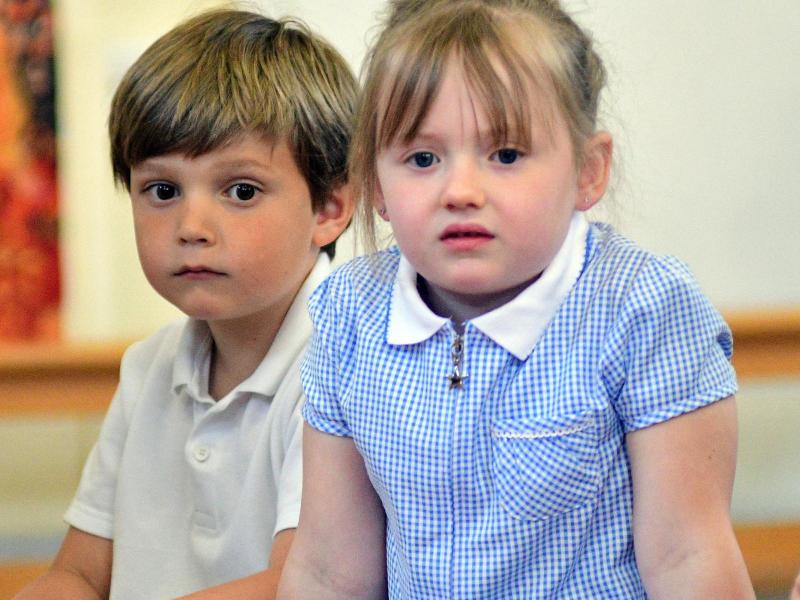
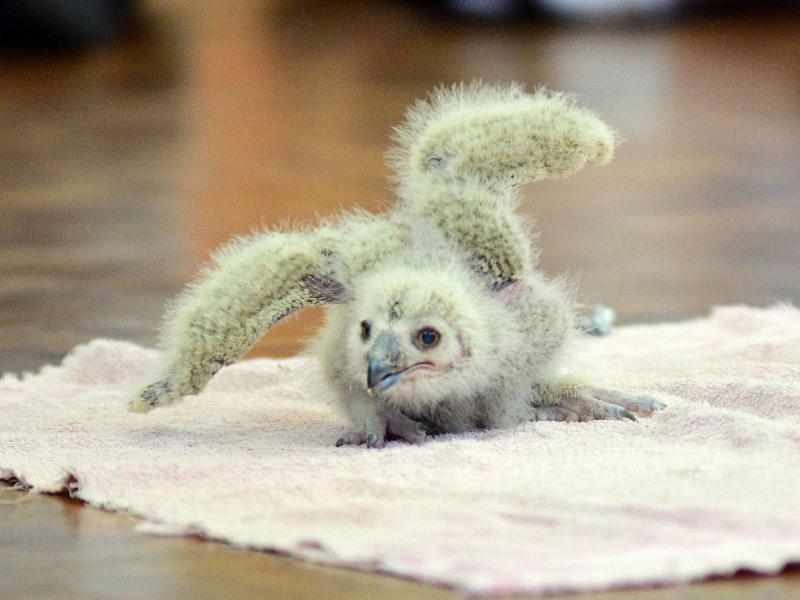
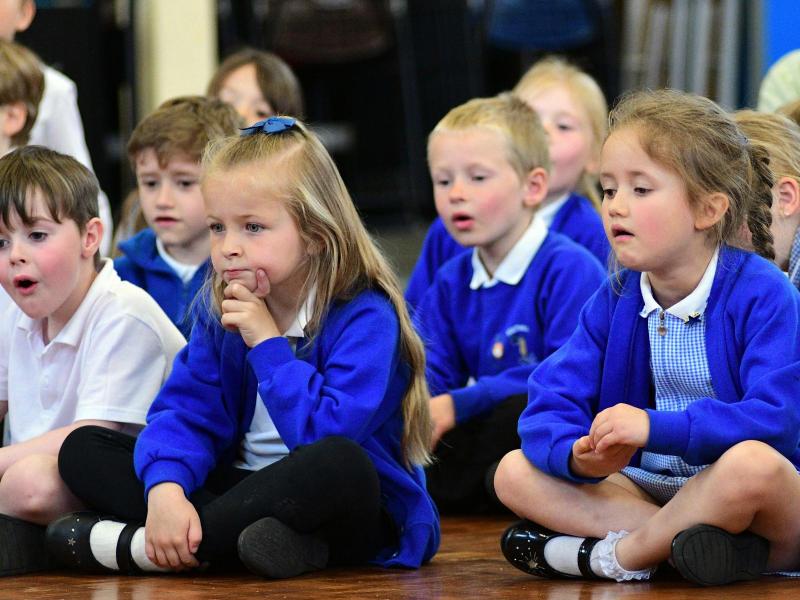
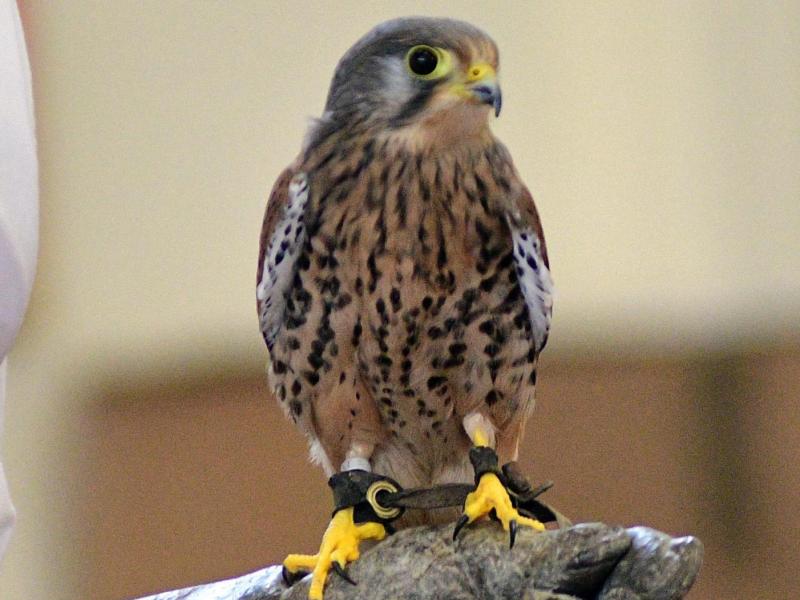
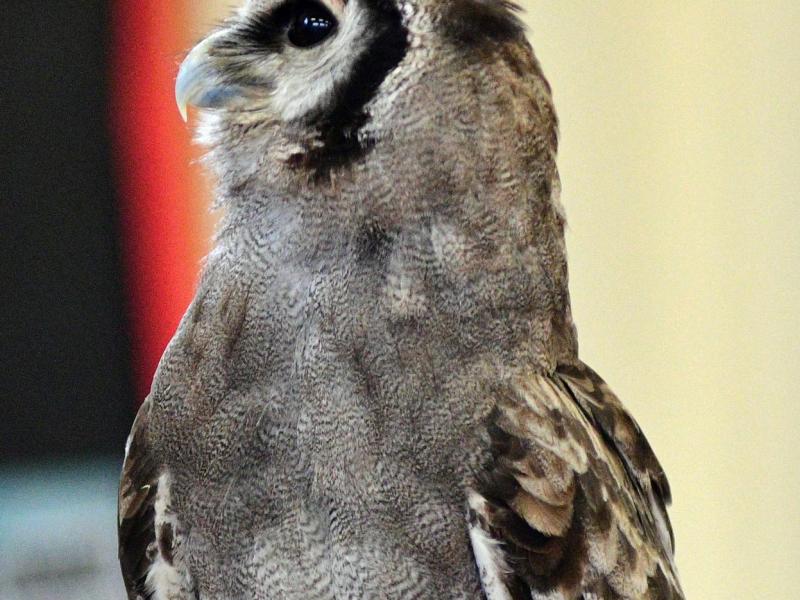
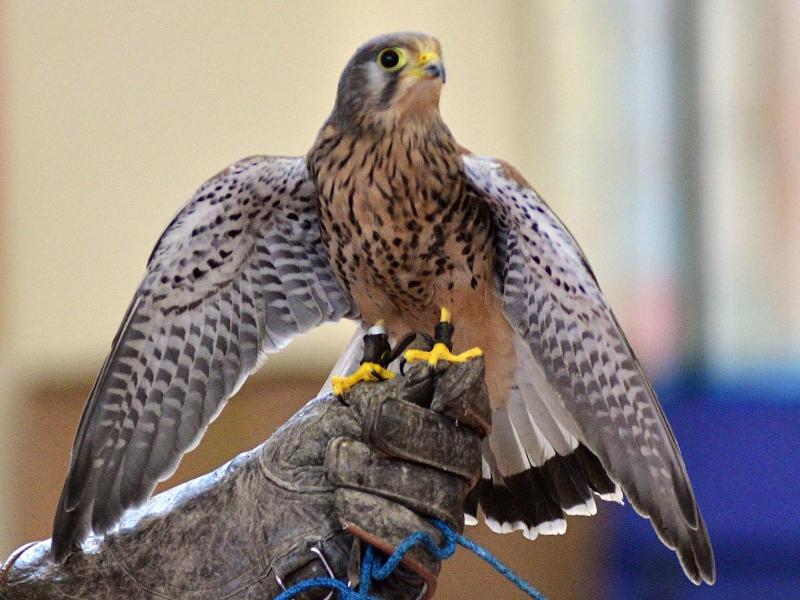
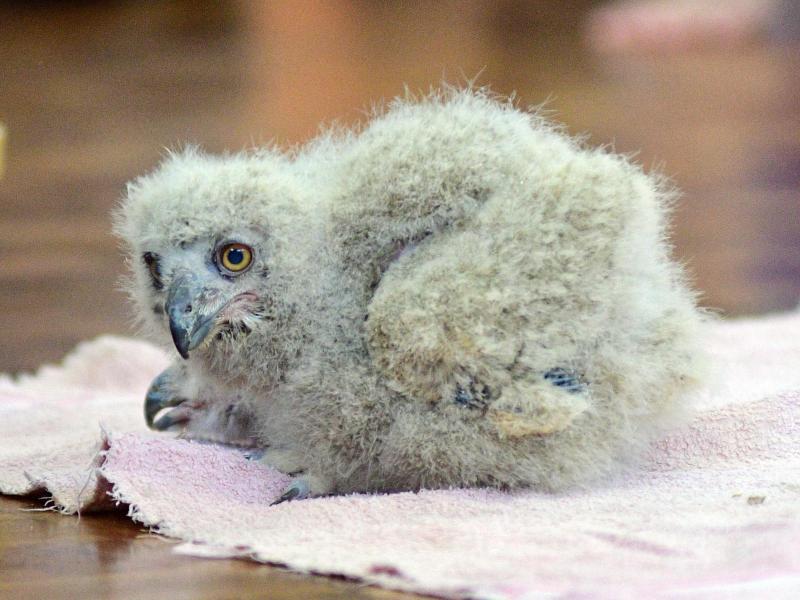
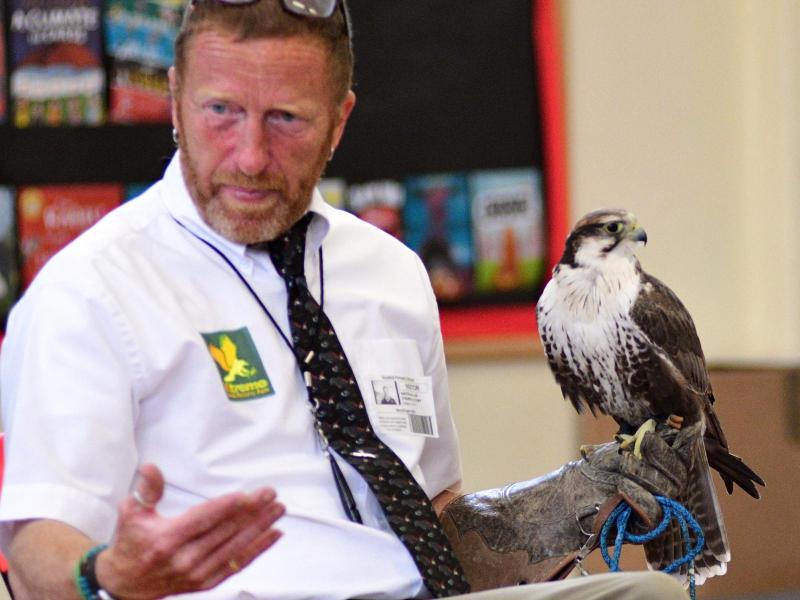
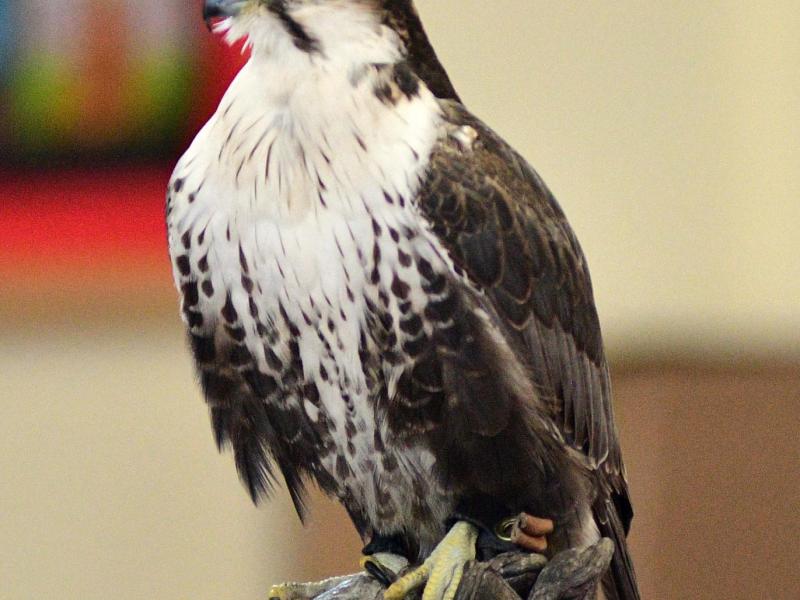
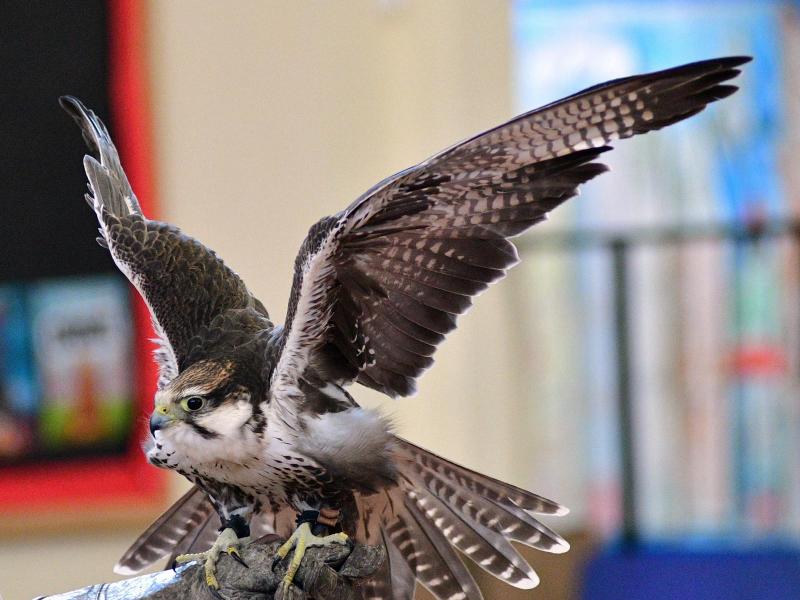
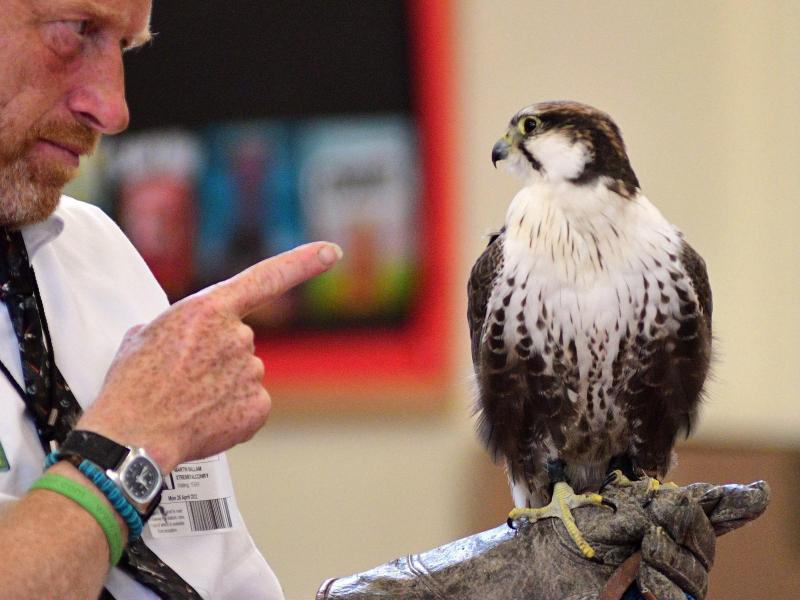
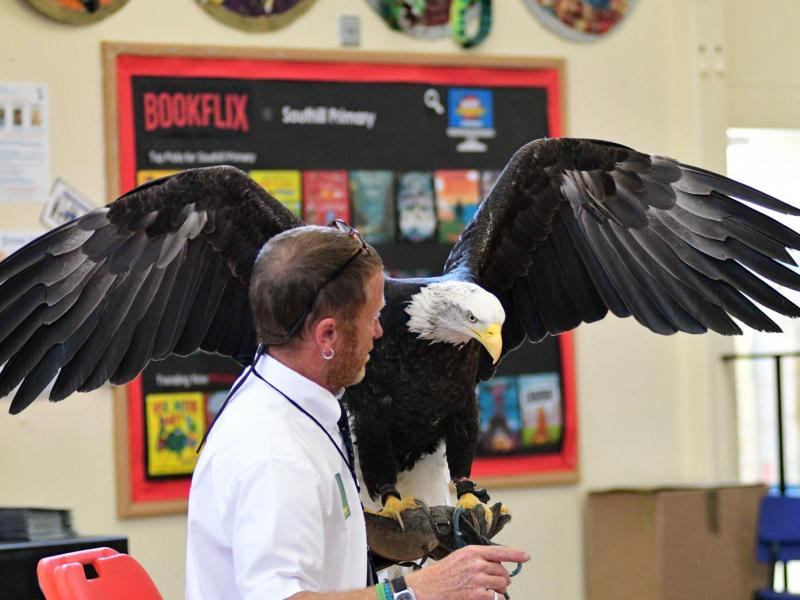
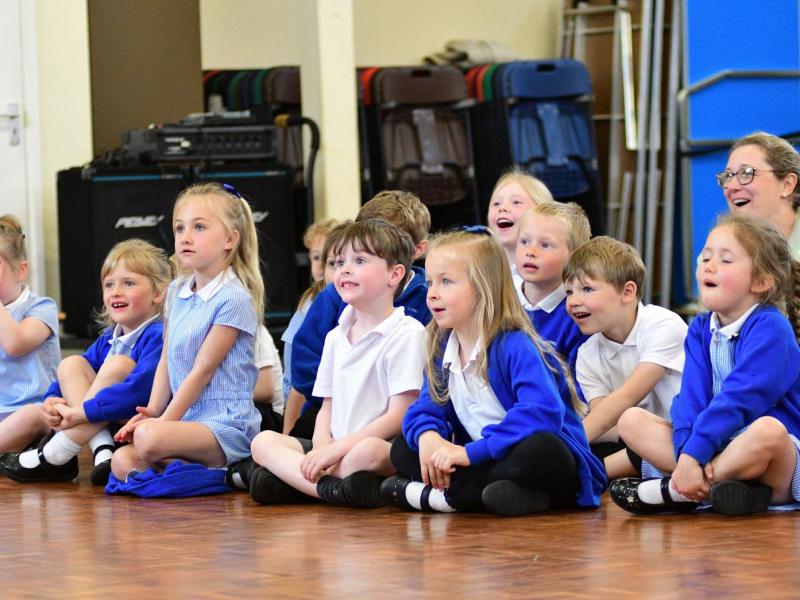
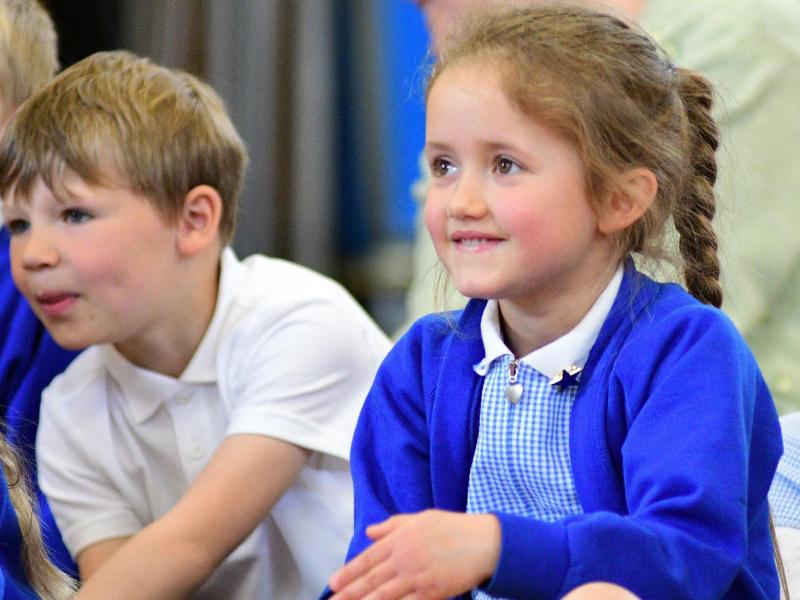
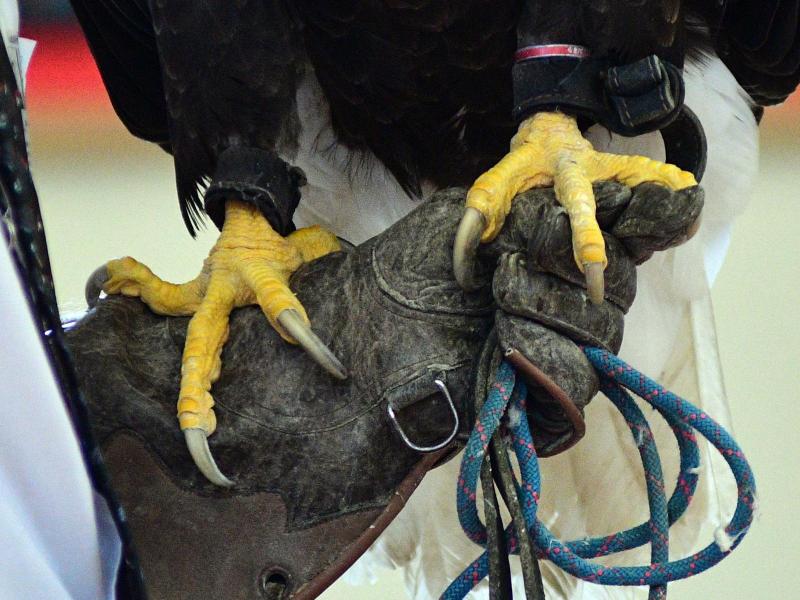
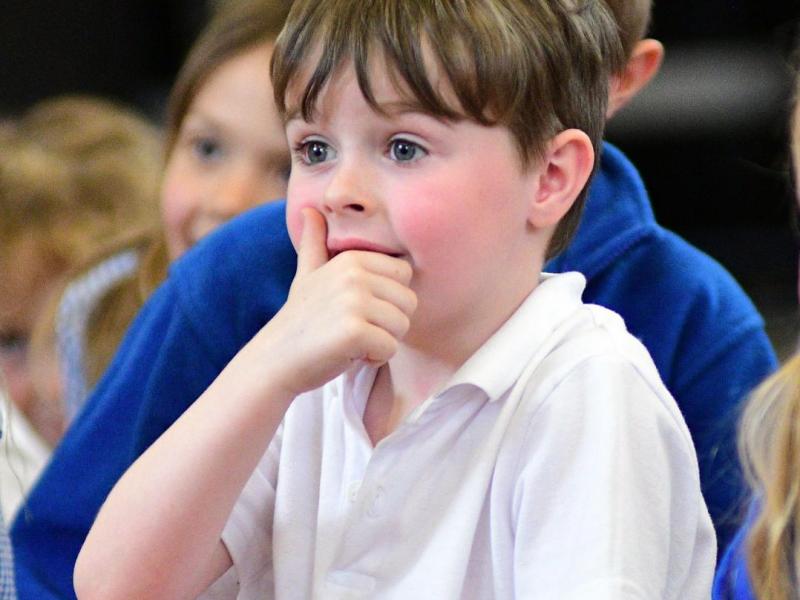
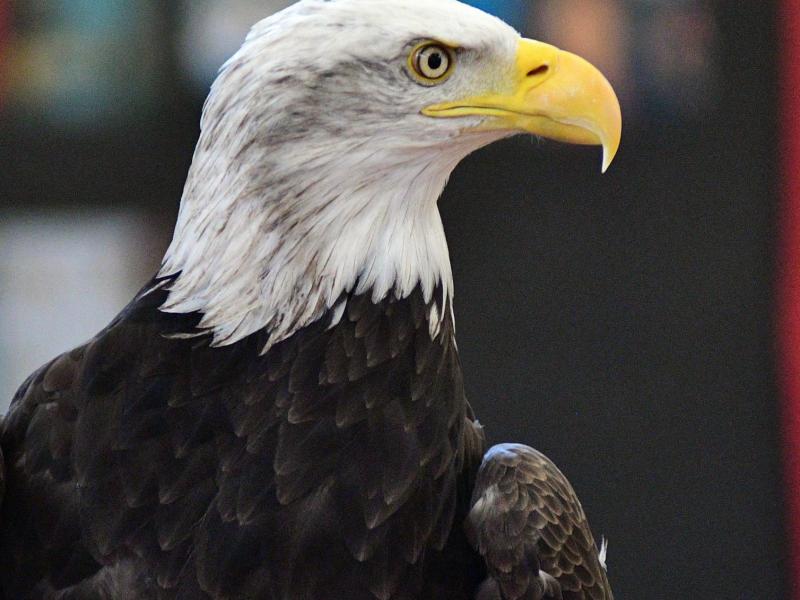
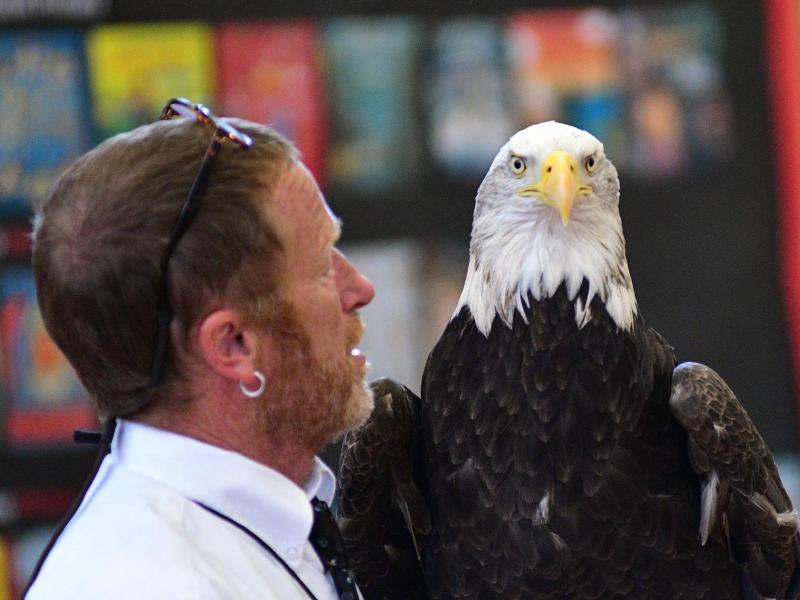
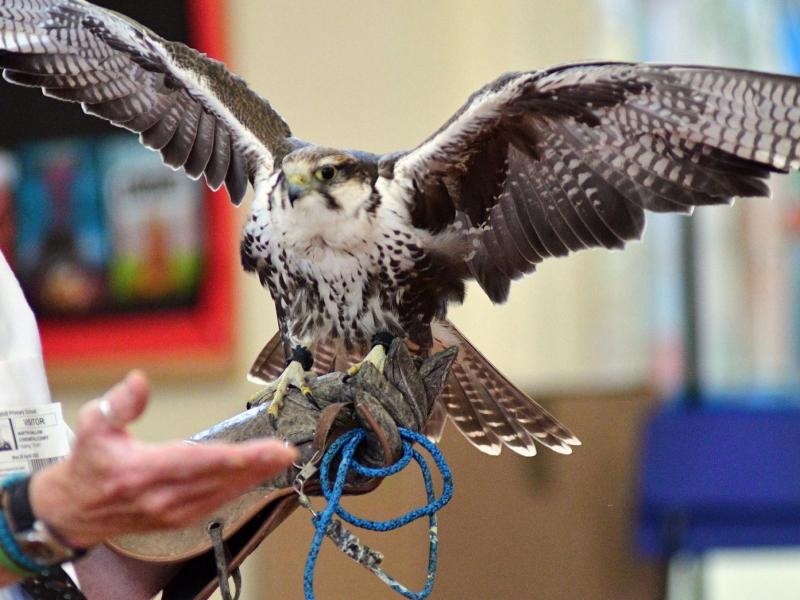
What a lucky class. Mae really enjoyed this visit. She is still talking about it now.
I loved seeing all of the birds but my favourite was Winnie because she was the biggest! Thank you Martin.